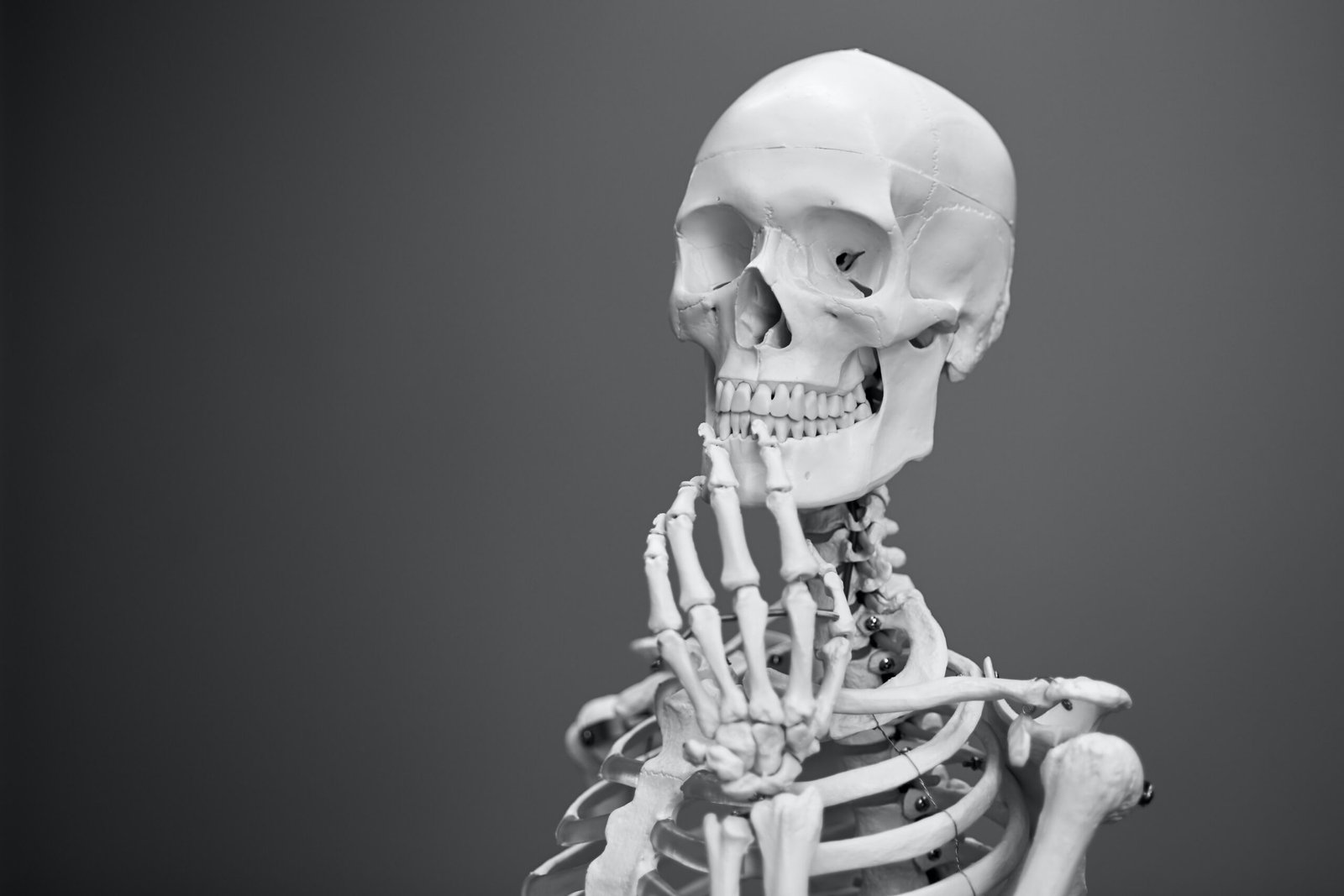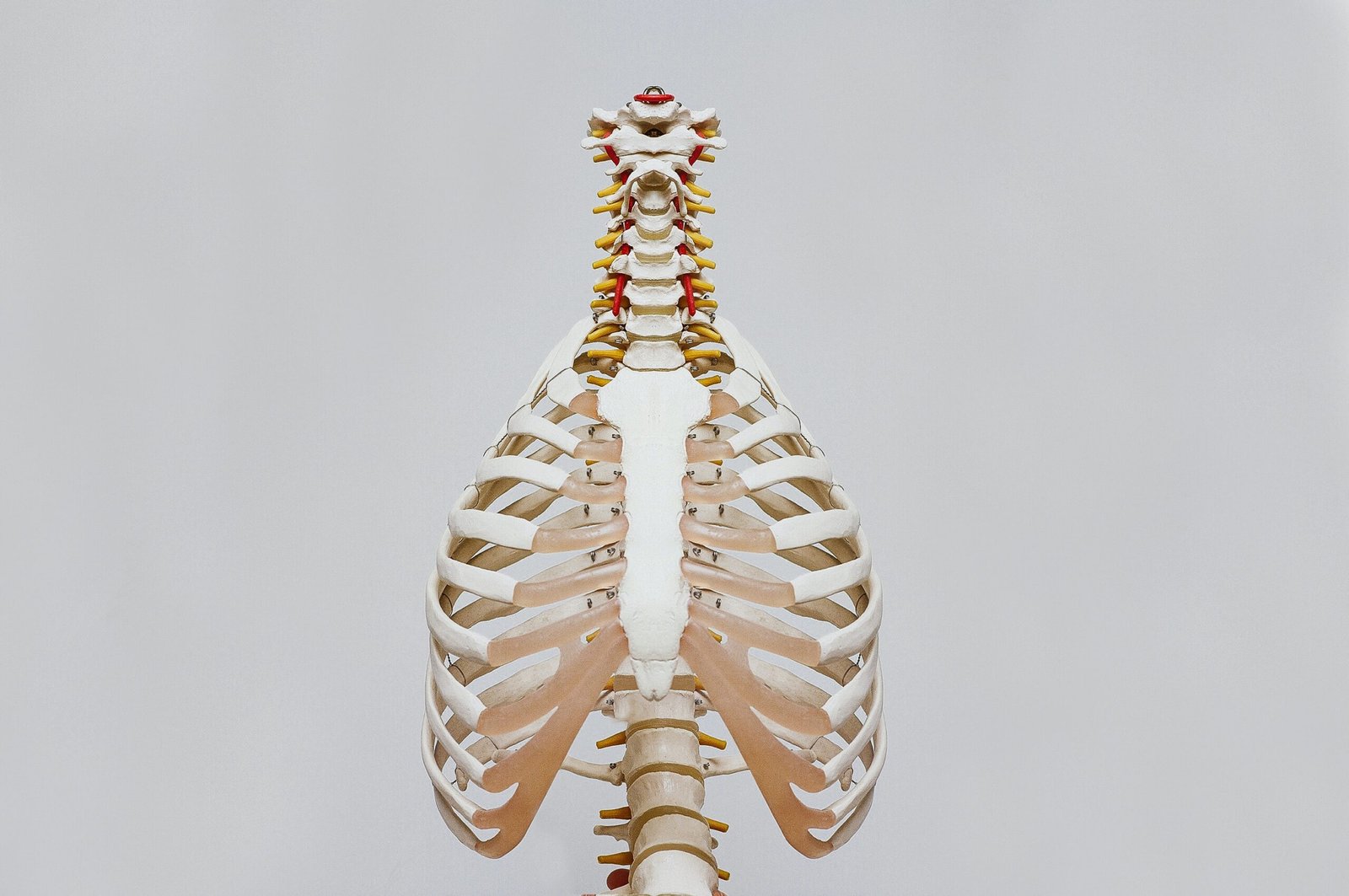If you've ever experienced the painful symptoms of gout, you may wonder if this inflammatory condition can also affect your spine. Gout is typically associated with severe joint pain and swelling, commonly occurring in the big toe. However, this article aims to shed light on the possibility of gout affecting the spine. Find out more about the potential impact of gout on this crucial part of your body and what you can do to alleviate any discomfort.
What is Gout?
Gout is a form of inflammatory arthritis that is characterized by sudden and severe attacks of pain, tenderness, redness, and swelling in the joints. It is caused by the buildup of uric acid crystals in the joints, which leads to inflammation and intense pain. While gout most commonly affects the big toe, it can also occur in other joints in the body, including the spine.
Definition
Gout is a type of arthritis that occurs when there is a buildup of uric acid in the body. Uric acid is a waste product that is usually dissolved in the blood and excreted through the kidneys. However, when there is an excessive amount of uric acid or the kidneys cannot remove it efficiently, it can lead to the formation of urate crystals. These crystals can accumulate in the joints, causing inflammation and pain.
Causes
The primary cause of gout is an elevated level of uric acid in the blood, a condition known as hyperuricemia. This can occur due to various factors, including:
- Diet: Consuming foods that are high in purines, such as red meat, organ meats, and seafood, can increase uric acid levels.
- Obesity: Being overweight or obese can contribute to higher levels of uric acid in the blood.
- Genetics: Some individuals are more prone to gout due to genetic factors.
- Medications: Certain medications, such as diuretics, can increase uric acid levels.
- Medical conditions: Conditions such as kidney disease, diabetes, and high blood pressure can also raise the risk of developing gout.
Symptoms of Gout
Gout is characterized by several distinct symptoms, which typically occur suddenly and last for a few days to weeks. The most common symptoms of gout include:
Joint pain
One of the hallmark signs of gout is intense joint pain. The affected joint can become red, swollen, and tender, and even the slightest touch can be excruciating. The pain is often described as a throbbing sensation and is most commonly experienced in the big toe. However, gout can also affect other joints, such as the ankles, knees, wrists, and fingers.
Swelling and redness
In addition to joint pain, gout can cause swelling and redness in the affected joint. The joint may appear visibly swollen and feel warm to the touch. This swelling is a result of the inflammation caused by the buildup of urate crystals.
Limited mobility
During a gout attack, the affected joint may become so painful and swollen that it impairs your mobility. This can make it difficult to walk, climb stairs, or perform daily activities that require movement of the affected joint. The limited mobility is a temporary effect of a gout attack, and it usually improves once the inflammation subsides.

Potential Complications of Gout
If left untreated or poorly managed, gout can lead to several complications. These complications can have a significant impact on your overall health and well-being. Some of the potential complications of gout include:
Joint damage
Chronic and recurrent gout attacks can cause damage to the joints. Over time, the urate crystals can lead to the destruction of the joint tissues, resulting in irreversible joint damage. This can eventually cause deformity, loss of joint function, and chronic pain.
Kidney stones
Gout is associated with an increased risk of developing kidney stones. The excess uric acid in the blood can crystallize and form stones in the kidneys, leading to kidney stone formation. Kidney stones can cause severe pain and can also block the normal flow of urine, leading to further complications.
Tophi formation
Tophi are lumps that can develop under the skin in individuals with chronic gout. These lumps are formed when urate crystals accumulate in the joints or surrounding tissues. Tophi can be painful and disfiguring, and they can also damage the underlying tissues and joints.
Gout and Its Link to the Spine
Gout can affect various joints in the body, including the spine. While it is less common than gout in the big toe or other joints, spinal gout can cause significant pain and discomfort.
Overview
Spinal gout refers to the presence of urate crystals in the spine, which can cause inflammation and pain. The crystals can accumulate in the joints of the spine, including the facet joints, causing discomfort and limiting mobility. Spinal gout can occur in individuals with a history of gout or in those with high levels of uric acid in their blood.
Prevalence of spinal gout
The prevalence of spinal gout is relatively low compared to gout in other joints. However, it is still an important consideration for individuals with gout or those at risk of developing gout. Spinal gout can occur at any age but is most commonly seen in males in their fifth or sixth decade of life.

Symptoms of Spinal Gout
Spinal gout can manifest with specific symptoms that can vary in severity and duration. It is important to recognize these symptoms to seek appropriate medical attention and initiate timely treatment.
Back pain
The primary symptom of spinal gout is back pain. The pain is typically localized to the affected joint in the spine and can be quite severe. The intensity of the pain may fluctuate and can be aggravated by movement or physical activity.
Limited range of motion
Spinal gout can restrict the range of motion of the spine. You may experience stiffness and difficulty in bending, twisting, or moving your back. This limited range of motion can significantly impact your daily activities and overall quality of life.
Muscle weakness
In some cases, spinal gout can also lead to muscle weakness in the surrounding area. Weakness in the back muscles can further contribute to difficulties in mobility and may increase the risk of falls or injuries.
Diagnosing Spinal Gout
To diagnose spinal gout, your healthcare provider will typically perform a comprehensive evaluation, which may include the following:
Medical history review
Your healthcare provider will ask about your symptoms, medical history, and any previous episodes of gout. They may inquire about your diet, lifestyle habits, and any medications you are currently taking. This information will help determine the likelihood of spinal gout and guide further diagnostic tests.
Physical examination
A physical examination will be conducted to assess your spine and areas of discomfort. Your healthcare provider will look for signs of inflammation, tenderness, and limited mobility. They may also check for the presence of tophi or other signs of gout in other parts of your body.
Imaging tests
Imaging tests, such as X-rays, MRI scans, or CT scans, may be performed to visualize the spine and detect any abnormalities or signs of gout. These tests can help confirm the diagnosis of spinal gout and assess the extent of joint damage.

Treatment Options for Spinal Gout
The treatment approach for spinal gout aims to alleviate pain, reduce inflammation, and prevent future gout attacks. The treatment options may include:
Medication
Nonsteroidal anti-inflammatory drugs (NSAIDs) are commonly prescribed to manage pain and inflammation in spinal gout. Medications, such as colchicine and corticosteroids, may also be used to control acute gout attacks. In some cases, medications that lower uric acid levels, such as allopurinol or febuxostat, may be prescribed to prevent future gout attacks and reduce the risk of joint damage.
Lifestyle modifications
Adopting certain lifestyle changes can help manage spinal gout. This may include maintaining a healthy weight, as excess body weight can contribute to higher uric acid levels. Staying hydrated, avoiding excessive alcohol consumption, and following a low-purine diet can also help reduce the frequency and severity of gout attacks.
Surgery
In severe cases of spinal gout, surgery may be recommended to address joint damage or relieve pressure on the nerves. Surgery options may include joint repair or replacement, as well as decompression procedures to alleviate nerve compression and restore mobility.
Preventing and Managing Spinal Gout
While spinal gout cannot always be completely prevented, certain measures can help reduce the risk of gout attacks and minimize their impact. Here are some strategies to consider:
Maintaining a healthy weight
Obesity is a known risk factor for gout, including spinal gout. By maintaining a healthy weight through a balanced diet and regular physical activity, you can help lower your uric acid levels and reduce the likelihood of gout attacks.
Staying active
Regular exercise can help keep your joints flexible and maintain their optimal functioning. Engaging in low-impact activities, such as walking, swimming, or yoga, can also help manage weight and improve overall joint health.
Avoiding trigger foods
Certain foods and beverages, such as red meat, organ meats, shellfish, sugary drinks, and alcohol, can trigger gout attacks. Limiting or avoiding these trigger foods can help reduce your risk of developing spinal gout or experiencing recurrent gout attacks.
Impact of Spinal Gout on Daily Life
Spinal gout can have a significant impact on your daily life and overall well-being. Understanding and managing the effects of spinal gout can help you navigate these challenges more effectively.
Effects on mobility
Spinal gout can lead to limitations in mobility and physical activities. Daily tasks, such as bending, lifting, or even walking, may become more difficult or painful. Adapting to these limitations and finding alternative ways to perform tasks can help maintain independence and improve quality of life.
Challenges with daily activities
The pain and discomfort associated with spinal gout can make it challenging to perform daily activities, such as dressing, bathing, or cooking. Seek assistance or use adaptive devices, such as grab bars or reachers, to make these activities more manageable.
Psychological impact
Living with chronic pain and limitations can take a toll on your mental and emotional well-being. It is important to seek support from healthcare professionals, family, and friends to address any psychological impact and develop coping strategies. Engaging in activities that bring joy and practicing relaxation techniques, such as meditation or deep breathing exercises, can also help manage stress and improve overall well-being.
Conclusion
While gout primarily affects the joints, it can also impact the spine. Spinal gout can cause back pain, limited range of motion, and muscle weakness. Diagnosis involves a medical history review, physical examination, and imaging tests. Treatment options include medication, lifestyle modifications, and surgery if necessary. By maintaining a healthy weight, staying active, and avoiding trigger foods, you can help prevent and manage spinal gout. It is important to address the impact of spinal gout on daily life and seek appropriate support to maintain a good quality of life.
